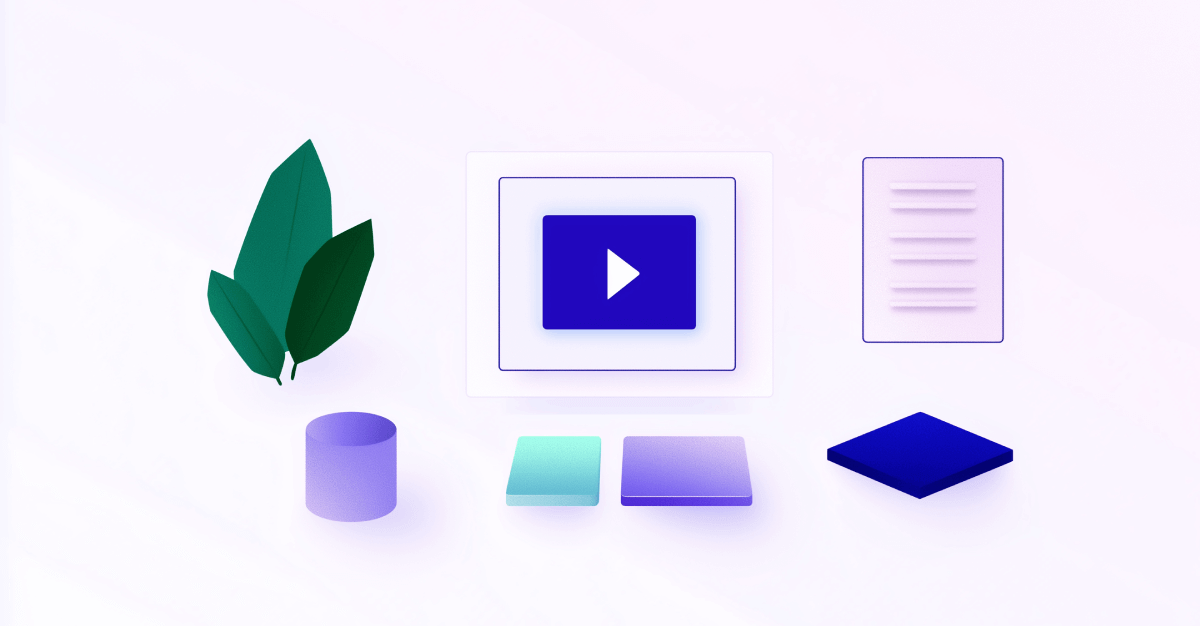
What Is CTR?
CTR stands for Click Through Rate, and is defined as the percentage of people who click a search result after seeing it.
To see the CTR of your site’s links, all the relevant data can be found in Google Analytics or the Google Search Console.

CTR tells us that search engine users like what they see.
They’re interested in clicking those links and visiting the pages which have been recommended by search engines. This is valuable information.
Search engines only want to serve up the most useful and relevant results for users. If their recommendations aren’t getting clicks, that probably means they’re not providing the results people are looking for.
It’s been proven that businesses with a high click-through rate (CTR) see the most conversions.
It’s no wonder that, given the important role they play, links have a major influence on the eCommerce industry.
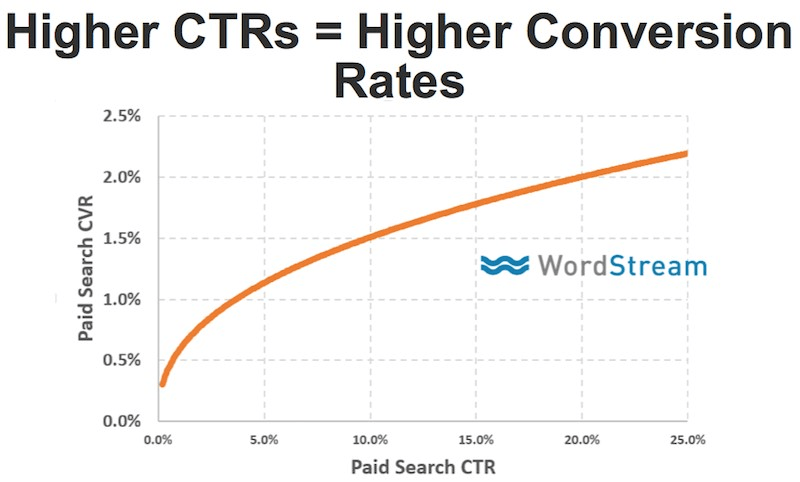
Focusing on improving your CTR, particularly in organic search, can have wildly successful results on your traffic and online sales. That makes it a key metric to track.
But what does the success of these links mean in terms of SEO?
How CTR Affects SEO
When we talk about the primary factors of a search engine’s algorithm that determine rankings, we always come back to one thing: relevance.
That’s because Google wouldn’t want to ruin their own reputation by referring their users to a site that’s spammy, inaccurate or simply not relevant.
It would result in a pretty horrible user experience if you searched for pottery and got greeted with a list of kids’ bikes, right?
Although it may seem obvious on that kind of scale, any site that isn’t relevant to a search term has an unlikely chance of reaching page one.
But, what happens when your site’s content is relevant to the search term—and the other nine pages of content beside you are too?
In the eyes of Google, a high click-through rate could help you rank at the top SERP positions.
After all, if people are searching for something and click on your site as opposed to the competitors sitting beside you, you must be offering something that’s more suited to them.
Former Google engineer AJ Kohn had this to say:
It’s pretty clear that any reasonable search engine would use click data on their own results to feed back into ranking to improve the quality of search results.
Infrequently clicked results should drop toward the bottom because they’re less relevant, and frequently clicked results bubble toward the top.
How to Improve Your CTR
Now that we’ve gotten to grips with the importance of a high CTR, you’ll need to create a strategy that allows you to measure, analyze and increase the amount of visitors you’re getting from SERPs.
Luckily for you, I’ve taken out the legwork of researching and listed six simple steps to give your clicks a little boost:
1. Craft Persuasive Meta Titles
A simple way to increase your organic search CTR is crafting persuasive page titles, also sometimes referred to as meta titles.
This is the blue title that’s displayed in the SERPs when a term is searched for. It’s perhaps the most obvious way to influence someone to click on your site’s content—as opposed to a competitor’s.

However, before you rush ahead to list every keyword under the sun in your page titles, know that it’s important to focus on only one keyword.
This should be your primary keyword, and the main search term that you want to rank for.
Avoid keyword stuffing at all costs. Not only will you run the risk of being penalized for spam, but it looks less natural.
Smart searchers can spot that a mile off. You’ll want your meta title to be nice, snappy and well-written—while still incorporating that one chosen keyword.
So, let’s put this idea into practice.
A brand that sells light fixtures wants to create a meta title that will boost their organic CTR.
They’ve put together two examples:
- Lamp Shades, Lamp Fittings, Light Shades, Light Fittings and Light Fixtures
- Lamp Shades and Fixtures | Free Domestic Shipping | Target
Which are you most likely to click?
Chances are, you’ll choose option B. And so will just about everyone else.
There are two reasons for this:
Unique Selling Propositions
Option B includes a Unique Selling Proposition (USP): “Free Domestic Shipping.”
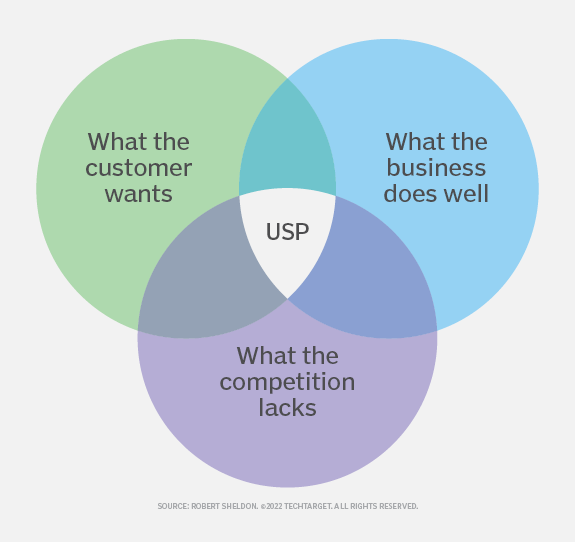
In a crowded list of search results, highlighting the things you offer—especially the things that set you apart from competitors—is a great way to see a CTR surge.
Here are some USPs that you should consider mentioning, should you offer them:
- Free delivery
- Best quality materials
- Ethically-sourced products
- Two-year warranty
Brand Names = Recognition
Even though the name of your brand is visible in the URL section of SERPs, many users are just too lazy to check there.
I’m the same. If I’m looking for a quick answer to a question, or want to search for a new lipstick, I don’t really have time to analyse who’s ranking on the first page.
That’s just human nature.
However, it’s also human nature to opt for a brand you’re familiar with. Part of that reasoning may be due to a brand’s good reputation, or your experience purchasing from them previously.
In a recent study, almost half of consumers said that they’re more likely to become loyal to a brand during the first purchase or experience.
So, if you’re managing to get customers elsewhere, make sure that you’re adding your brand name to page titles.
Those people may be searching for other products you offer and, if they recognize your name, they may be more inclined to click through to your site.
2. Add CTAs to Meta Descriptions
Another type of meta tag that you should optimize to improve organic CTR is the meta description.
They’re the grey section of text shown in a list of SERP results, just below the meta title and URL:
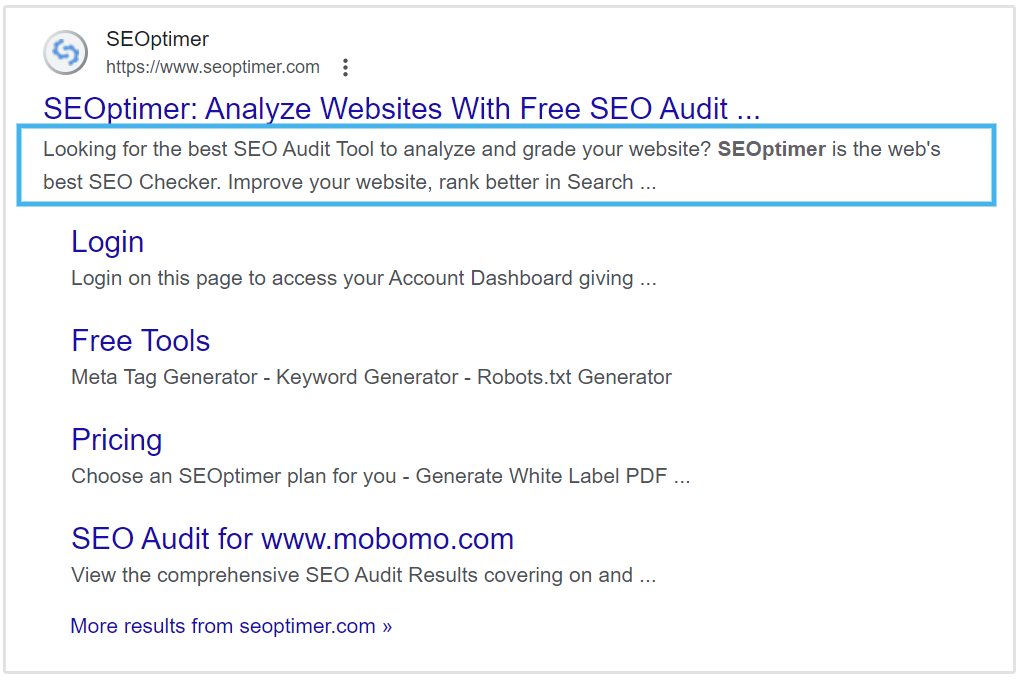
But how exactly do you craft these sentences in a way that’ll influence someone to click your listing?
The answer: Persuasive language and call-to-actions.
Here are some examples of meta descriptions using the same Option A/B dilemma:
- We have thousands of pink, purple and blue necklaces.
- Buy customized necklaces that make the perfect present for any lady in your life. Hand-crafted with 24-carat gold. Find your perfect gift today!
Option B is so much better, right?
Calls to Action
As much as I hate to sound like an eighth-grade English teacher, persuasive language is crucial to encourage someone to do something.
Option B above uses this type of language, by including one simple phrase: “Find your perfect gift today!”
It’s a mini call-to-action that subconsciously tricks your brain into doing something—such as clicking right on through to the website.
Unlike the meta title, the meta description field gives more space to play with. You’ve got 160 characters to dole out your finest words of encouragement!
In this additional space, you could use several of the following words to bolster organic CTR:
- Buy
- Shop now
- Find your perfect
- Try
- Learn more about
CTAs that are used within meta descriptions already stand a better chance at doing the job than CTAs within a huge paragraph. Why? Because there’s not as much clutter on the page.
In fact, when VWO reduced the clutter around their CTA buttons, their conversion rate increased by a whopping 232%.

SERP pages are pretty sparse, and there’s plenty of white space between the meta descriptions. This gives you plenty of opportunity to score those conversions.
If you’re considering a click-through as a conversion, that’s a pretty awesome rise that you could experience in your organic search CTR.
Granted, there are 10 search results that users have to sieve through, but the results displayed by Google are easy on the eye and uniform, making it feel less overwhelming.
3. Split-Test and Test Again
The importance of split-testing will probably come as no surprise to you.

We’re always told how it can drastically improve your SEO activity, but you may have forgotten that you could split-test the two things we just talked about!
Elements such as USPs and CTAs have different effects.
Their success could fluctuate depending on the time of year, or even the stage of the buying cycle that your searcher is in.
For that reason, commit to split-testing your meta titles and descriptions. It’s the best way of discovering what works—and what doesn’t.
How to Start Testing Meta Tags
Start by selecting a format for your meta titles and descriptions that you’ll use for a handful of pages on your site.
For example, if I were to split-test the USPs that are most effective in a meta title for my site, I’d start by using one across the board. Maybe a USP phrase related to free domestic delivery.
To kick off Phase One, I’d edit the meta titles to include this bit of text, then record the organic CTR for six months.
That’s enough time to yield some meaningful results, but you could consider running Phase One for a year to eliminate the time of year impacting your results.
Once Phase One has passed, switch up your USP.
Instead of free domestic delivery, I might choose to let searchers know that all of my products are ethically sourced.
Allow the same amount of time to pass, and record your results for the second time.
Feel free to go bonkers with your split-testing and use as many variations as you wish. More data = more chance of creating a winning formula!
Once your split-testing journey has come to an end, analyze the results you collected. Find which option gave you the better CTR, and use that format going forward.
4. Focus on URLs
Although the URLs of your search results aren’t majorly obvious to a searcher, there are a handful of qualities that could discourage someone from clicking your site.
One of those is similar to the meta title issue: Keyword stuffing.
We all know that keywords are vital to SEO. They’re like the raffle tickets in a lottery, and we need them to get to page one.
The general rule is to only use your target keyword once within your URL structure.
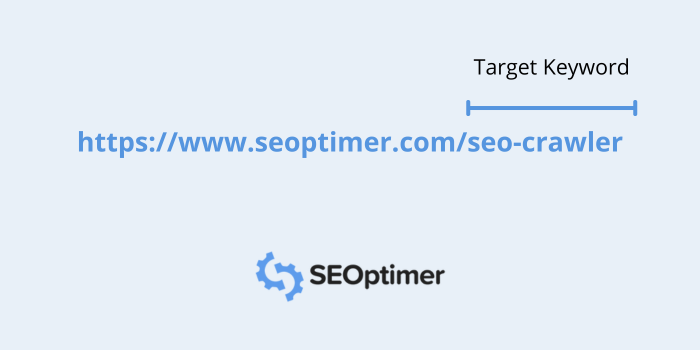
But, that doesn’t mean that we should use any keywords to stuff a URL. In fact, doing that can have the opposite effect and give each word diminished SEO juice.
Plus, they don’t do any favors for user experience.
Let’s use an example. We have two URL structures that are displayed in your list of results.
Which are you most likely to click?
- /bikes-for-kids-and-adults/60cm-bike-for-kids-with-a-padded-red-seat-on-the-back/
- /bikes/red-kids-bike/
Yup, you guessed it—option B wins again.
Unlike option A where any old keyword is stuffed in there, option B is simple.
It tells you exactly what you need to know, without making it feel like you’re cracking open a dictionary.
Category/Keyword
Generally, a good URL structure follows this format:
www.domain.com/category/keyword
This structure tells your searchers, and Google, exactly what the page is about. Supporting your meta tags, a simple and clean format looks less spammy—and is more trustworthy-looking to a searcher.
Here’s an example of this URL structure at work:
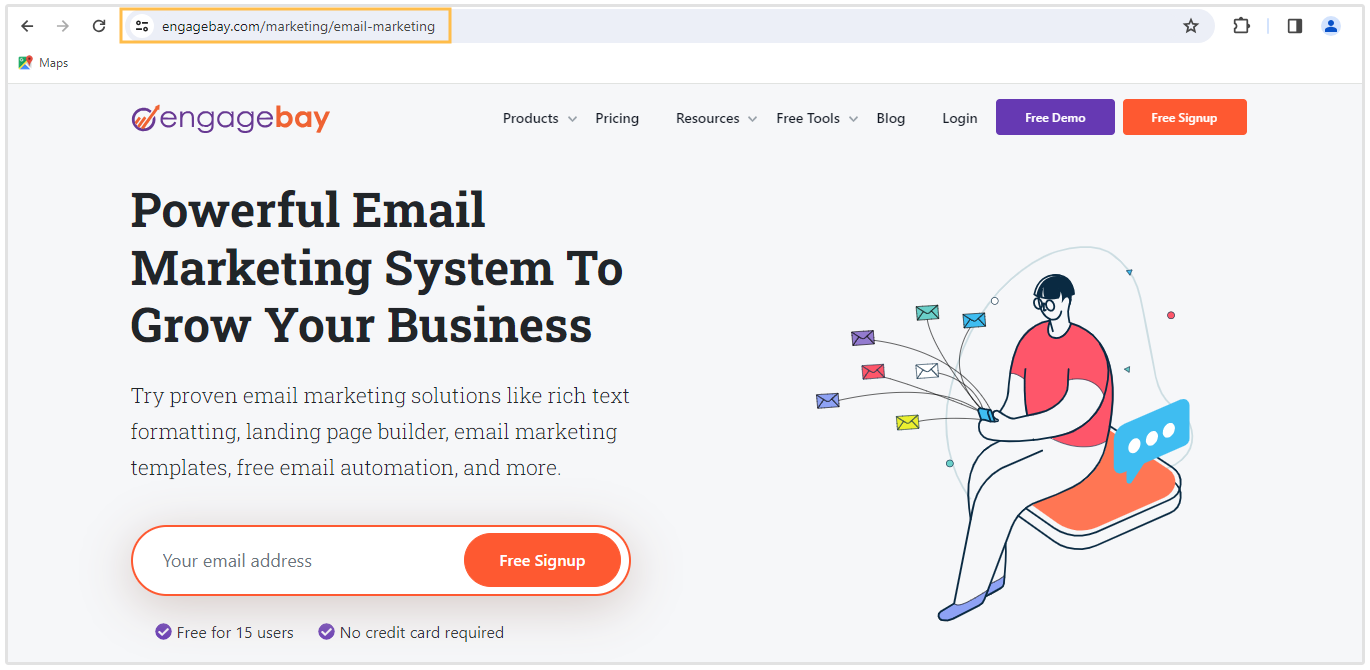
The URL is for a page that hosts an email marketing software. So, they’ve listed that under their “marketing” category and used the primary keyword at the end.
That same format can apply for a blog post, as shown in this example:

In this instance, the category is “blog” and the keyword is “PDF SEO.”
Changing URL Structure
Did you notice how I didn’t include this before my point of split-testing?
You should never change the URLs of your pages—especially if they’re already ranked and indexed by Google.
Changing your URL, even if it’s only for a few small characters, will cause the link to be banished from SERPs and stripped of its SEO juice. It will no longer rank on the first page, and all of the backlinks you’ve built to the page will be broken.
However, if it’s crucial for you to change the URL of your page for some reason, you can redirect them.
This will ensure that anyone landing on the old URL will be sent in the right direction, and Google will be able to find the page which has replaced it.
It may also be worthwhile to contact owners of sites you’ve built backlinks on, letting them know that the URL has been updated.
The SEOptimer Backlink Research tool can display a simple list of these sites, allowing you to swoop in and get them corrected before anyone notices.
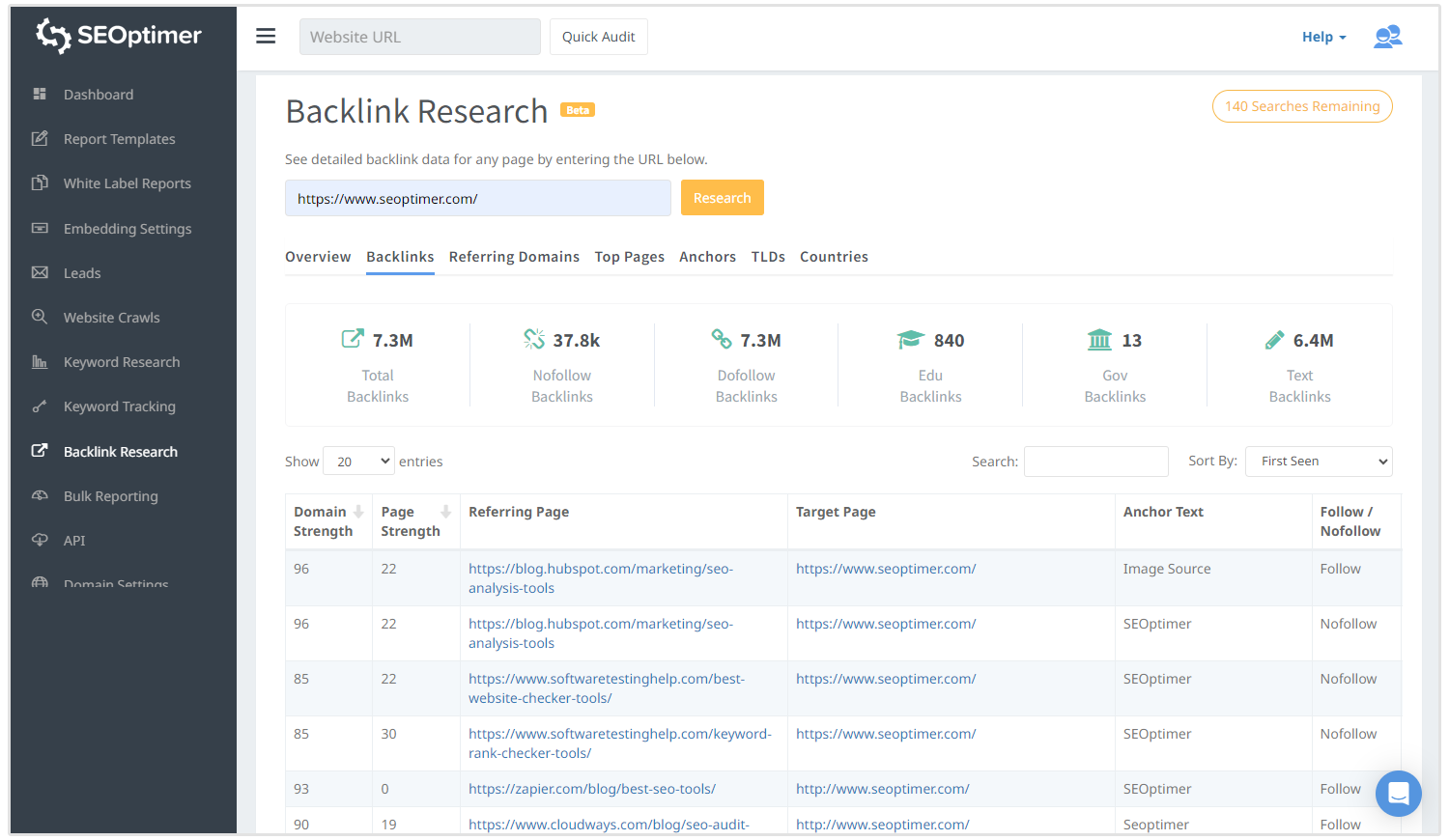
5. Optimize for Structured Data
I’m also going to presume that you’ve spotted the new SERP features that Google has rolled out… with one of them being a visual change in the information you’re greeted with.
This new format is called Structured Data.
As I alluded to earlier, Structured Data gives searches a page of results that are more visual, instead of being text-heavy.
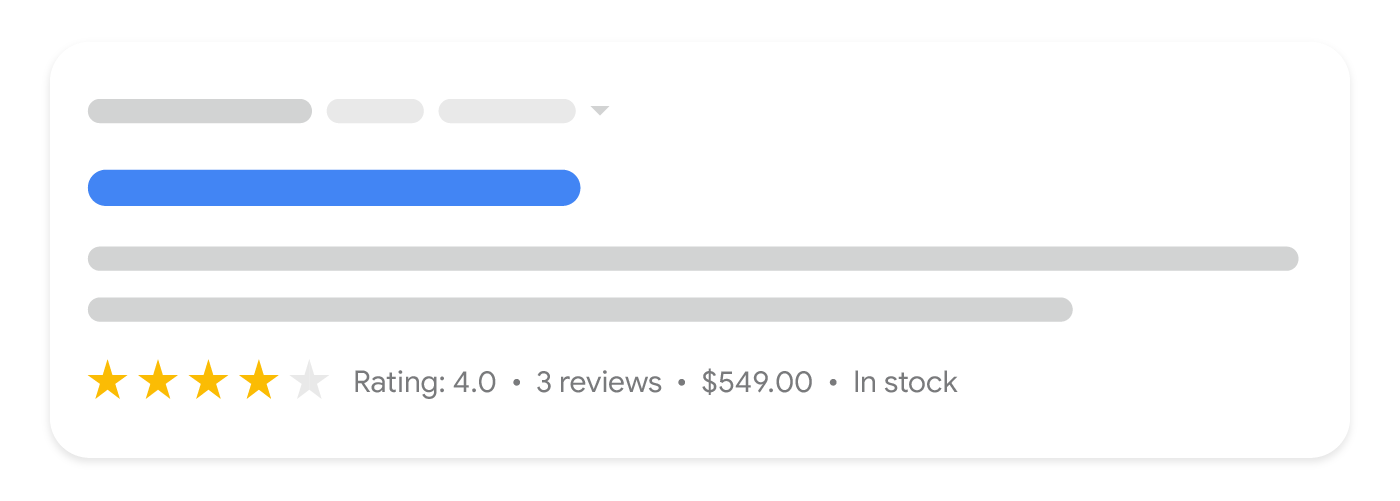
They’re displayed at the top of a page and give the user more satisfaction by using images, video and additional information.
That’s bound to improve your CTR in organic search!
Types of Structured Data
Structured Data is currently available for several content types, with the most popular including:
Implementing Structured Data
Although I’d love to assume that we’re all SEO whizzes, there are technical aspects that simply aren’t as easy to understand.
The implementation of structured data on your web pages depends on the content type of your page. The format for a blog post goes through a different process than it does for a video, so it may be best to enlist the help of a web developer with SEO expertise.
However, if you do fancy yourself as a DIY expert, you can find the full guidelines for implementing Structured Data here.
Remember to back up your site beforehand to cover yourself in the event of making a dramatic, irreversible error.
6. Exploit Local Keywords
Did you know that more than 50% of local-mobile searchers are just searching for business information online?
This is a great chance to boost your organic CTR because your hard work is already done. Those people already know your brand and are looking to buy from you.
By exploiting local keywords, you’ve got a better chance of being displayed in local search results.
Google My Business Listings
You should have a Google My Business listing for every site location that your brand has.
A Google My Business listing is the box displayed in SERPs, showing the premises on a map and giving contact information. A solid listing is how you end up appearing in Google’s coveted snack pack:
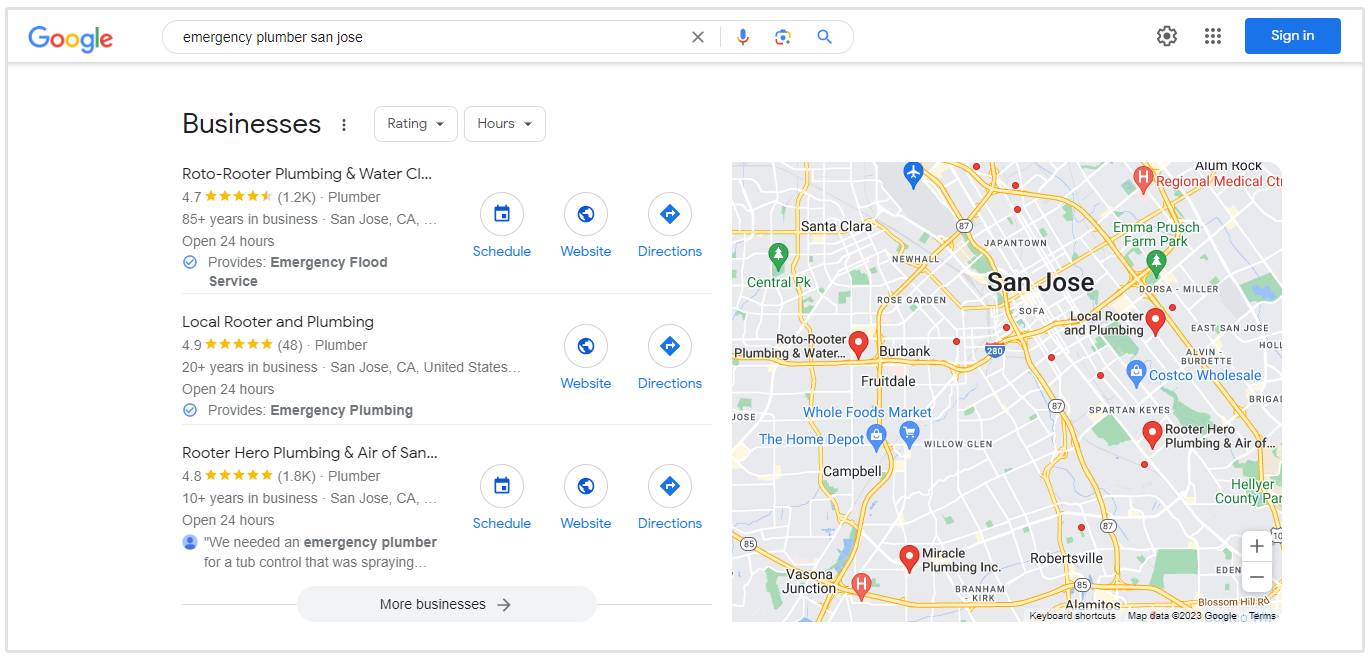
Here, I can clearly see that there are three Whole Foods stores in Texas. If I’m searching for contact details or an address, it’s right there for me to see.
If I was intending to visit the local page to see what deals are on this week, there’s one fuss-free button for me to click and land on the correct page.
Remember, good user experience equals a better search ranking, which then equals a high CTR.
Local Landing Pages
Even if your pages are optimized for Structured Data, you might fail to show up in the top spot. That can be due to a number of reasons, as it follows a formula that’s similar to standard ranking algorithms.
However, that doesn’t mean you have to miss out on this juicy traffic altogether.
Creating local landing pages that are optimized for local keywords will help. In the event that a searcher skips the Structured Data results completely, you may be able to influence them to click your site using this specialized landing page!
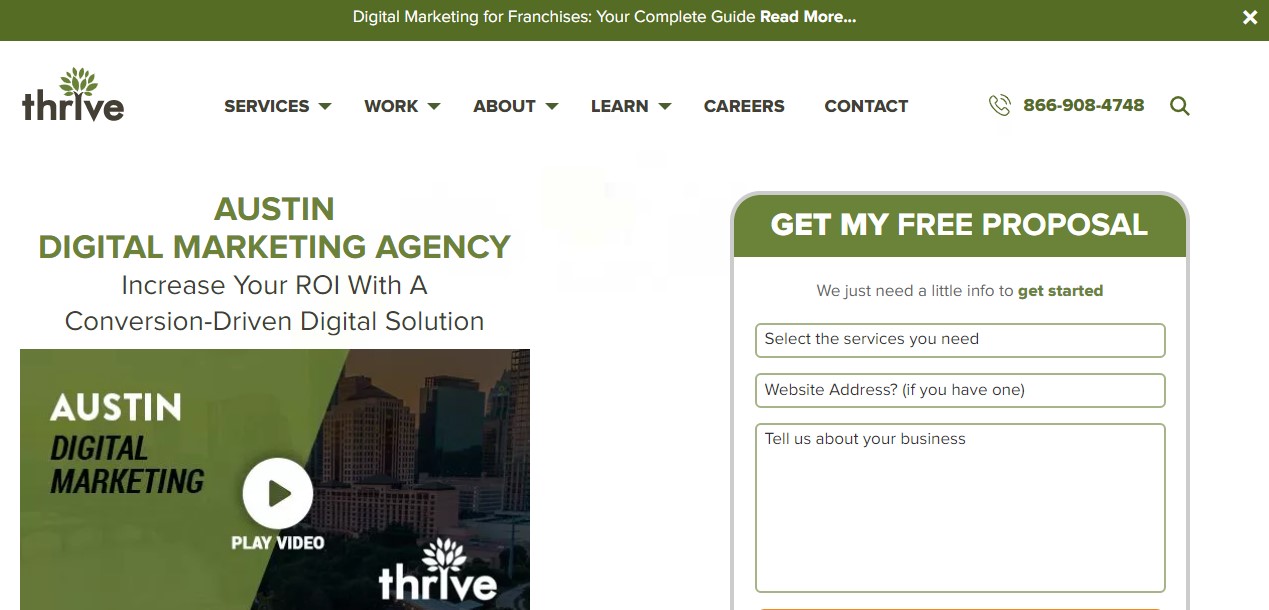
Start by creating an individual page for each location that your business has.
Conduct keyword research to discover which search terms are frequently searched for, and use them in your:
- URL structures
- Meta titles
- Meta descriptions
- On-site content
- Image alt text
- Anchor text in backlinks
Here’s an example of a local landing page that’s displayed when I search for “SEO agency in Manchester” with the local keywords highlighted:
Local landing pages tend to have a higher CTR than non-local alternatives because they’re instantly more relevant to the searcher.
If you’re searching for something specific in a small location, you’ll be much more satisfied with a local page that contains the information you need, rather than a generalized page, right?
Conclusion
The strategy behind improving CTR in organic search is simple, really.
Focus on giving searchers relevant information, and give them a reason to click through to your site through optimizing meta tags.
Craft sensible URLs that instill a sense of trust, and be aware that changing them could cause more SEO harm than good.
Once you’ve put together an effective strategy, you’ll see a surge in site traffic, rankings and conversions in no time.




